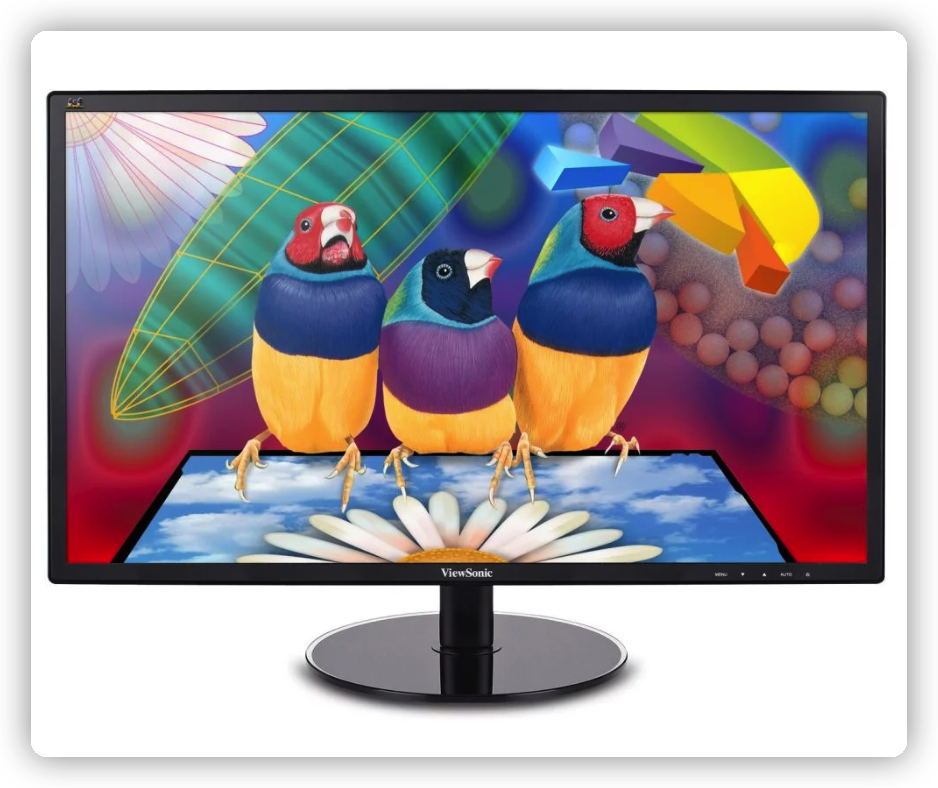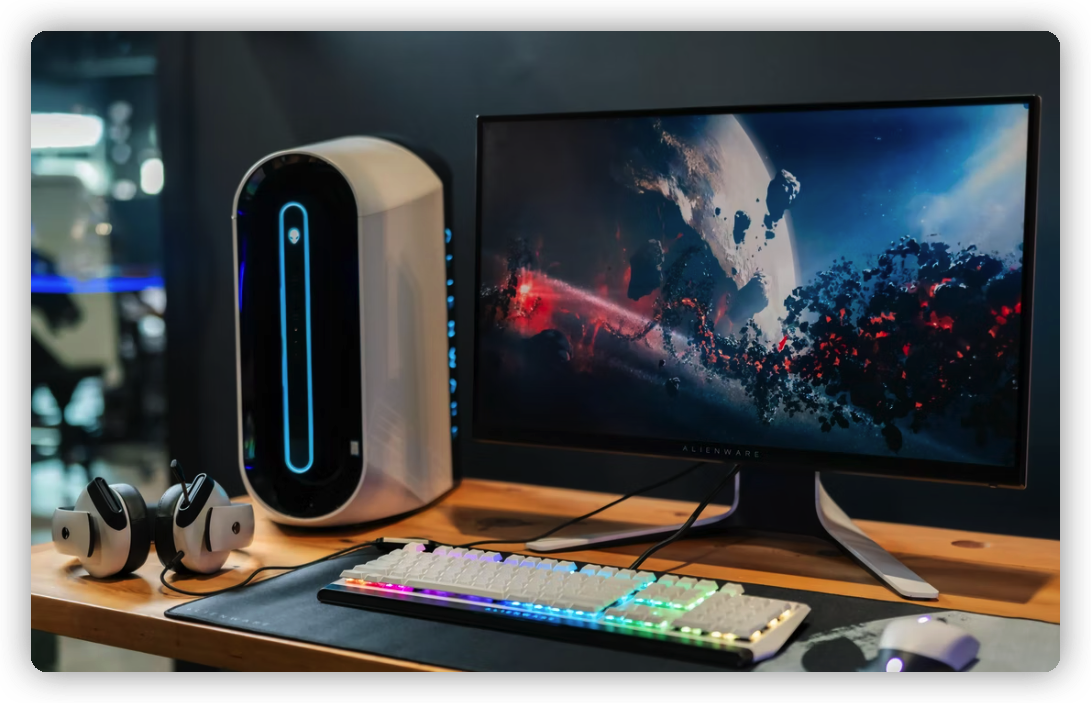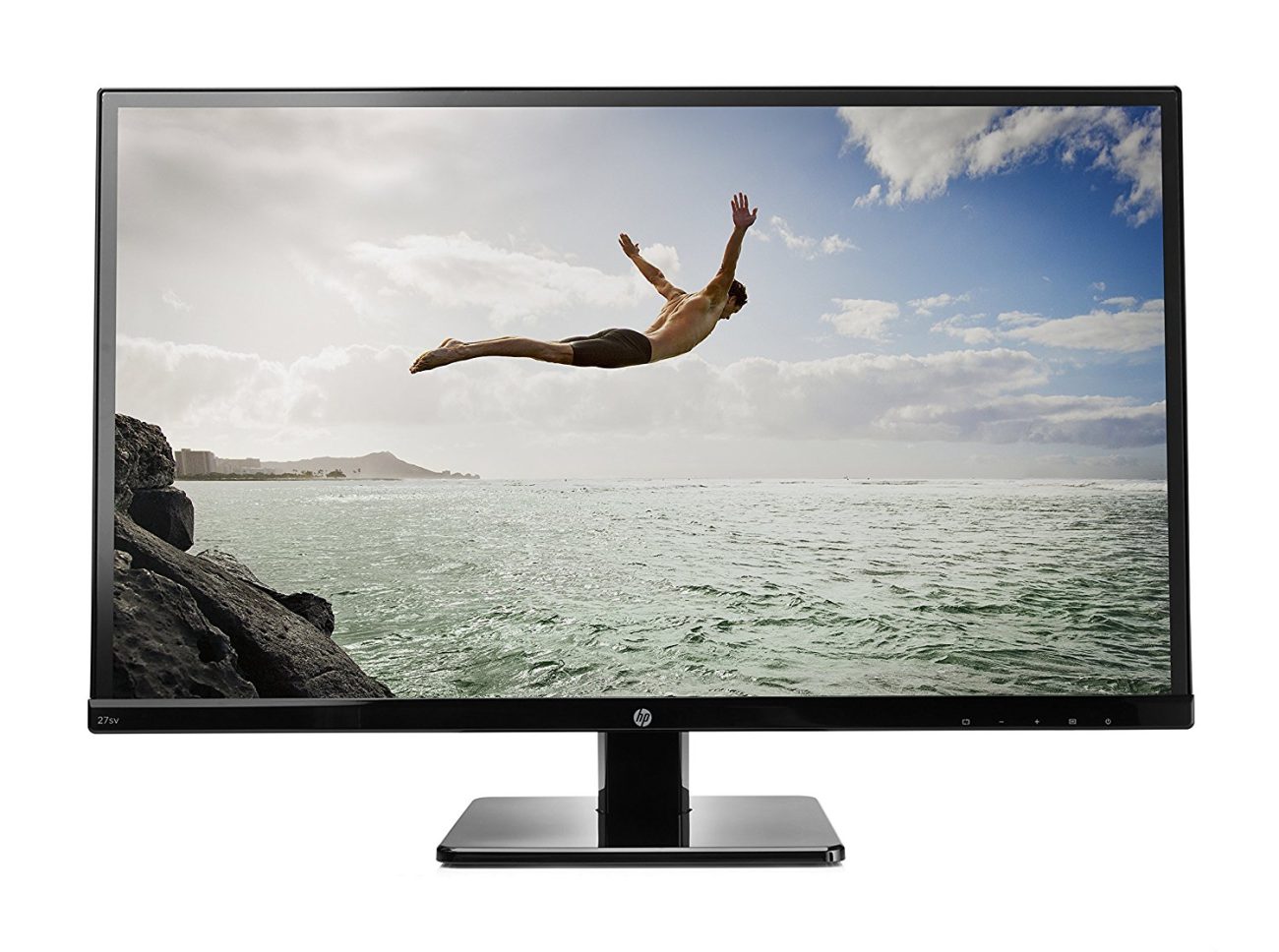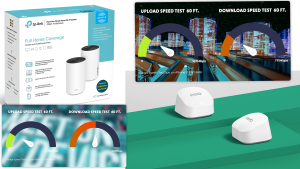Monitors play a significant role in the quality of a PC setup. That’s why it’s important to pick the right one to prevent any regrets later on. However, many people are still not sure whether IPS monitors or LED monitors are the best choice for them.
If this is your case, then you are on the right page. This article contains an in-depth comparison between IPS monitors and LED monitors to help you decide which one is the best for you. Continue reading below for more valuable insights.
In this article, you will learn:
What are IPS Monitors?
IPS is an abbreviation for In-Plane Switching. It is a type of Liquid Crystal Display panel technology monitor that is commonly offered in computer stores. It is also considered to have superior image quality compared to Twisted Nematic and Vertical Alignment panel technologies.
The main selling point of this type of monitor is its display quality. The graphics it produces are usually vibrant and detailed because of its color accuracy.
What are LED Monitors?
Light Emitting Diode or LED is a backlight technology with displays. It uses LEDs to make the pixel’s content light up. However, LED and LCD monitors are often confused with each other, but they are different.
Technically, all LED monitors are types of LCD monitors but not the other way around. Although this might sound a little confusing, both display technologies use liquid crystals to produce an image. The only difference is that LEDs use backlight.
Do take note that some IPS monitors are equipped with LED backlight technology. One of the reasons manufacturers combine these technologies is to make the monitor more thin and sleek.
What makes LED panel technology appealing is that it offers brighter displays, but its power consumption is lesser than other screen technology. It means that users can save a little in terms of their electricity bill.
Furthermore, there are plenty of affordable LED monitors in the market. This type of monitor also often has a wider range of features, better reliability, and a more dynamic contrast ratio.

The Main Differences Between IPS and LED Monitor
Now that you are aware of IPS vs LED monitors’ individual definitions let’s put these two sides by the side. Here are the main differences between IPS and LED monitors that you should know about:
Display
There is a huge difference between IPS monitor vs LCD liquid crystal display in terms of color and brightness. IPS allows any viewing angles without having changes in the coloration of the screen. This implies that you can sit in front of the monitor in any position without noticing any visual changes.
On the other hand, this is not the case for an LED monitor because it focuses more on the visuals’ brightness. This is why there is a slight difference in the coloration of the images depending on the angle you are looking at. When you view an LED monitor at some particular angle, the image may appear to be washed out.
Image Quality
In this area, an IPS monitor is better than most monitors with LED displays. The reason for this is that it delivers crisp and clear images at any viewing angle. It also has excellent color accuracy allowing for a better overall experience.
Meanwhile, an LED monitor can be less accurate and less reliable when it comes to deep color contrast. Its viewing angle is also limited, which means that you will only get good results from it when you are sitting directly in front of the monitor.
Response Time

Response times for monitors refer to the period it takes to change from one color to another. It is typically measured using the time in between its shift from black to white and vice versa. The difference in response time can be noticeable when you used a particular display monitor for playing fast paced games such as Fortnite, Battleground, and CS:GO.
Take note that response time is different from refresh rates. This is because the latter refers to the number of images per second of the screen. Also, unlike response time that’s expressed in time, refresh rates are expressed in Hertz.
In the past, many criticized the IPS monitors for their slower response time. However, newer versions now are considerably better. But then again, the target demographic of IPS monitor marketing is not for those who prioritize response time.
If you want a monitor with a quick response time, you may consider opting for an LCD screen monitor with VA or TN panels. These usually have around 1ms response time. However, don’t forget that this kind of monitor is inferior in image quality and viewing angles than an IPS monitor. But, that would be fine if you are just sitting directly across the monitor when playing fast paced games.
Compatibility
In Plane Switching monitors and LED monitors are different types of display technology. However, both technologies are often combined together or with other types of display panels to compensate for their drawbacks.
Here are some of the compatible combinations of these two technologies:
- LCD display monitors that use IPS panels with LED backlight
- LED-backlit with TN panel or IPS panel features
- IPS display with either LCD or LED backlight technology
Power Consumption
Another major difference between IPS monitors and LED monitors is their power consumption. IPS panel technology delivers higher visual quality, which means that it requires more power to keep up with the on-screen technology.
Meanwhile, although LED monitors have brighter screens, they do not consume as much power as IPS display technology. This is one of the reasons why it’s among the preferred Liquid Crystals Display technology of choice.
Heat
Since IPS monitors consume more power, you can expect that they produce more heat than LED monitors. In contrast, despite the fact that LED display monitors are brighter, they have relatively low heat output.
Price
Prices of IPS monitors can range from $100 and up depending on whether it has a TN panel or other LCD panel type. Also, mid-range IPS monitors are typically more expensive than high-level IPS monitors. As for LED monitors, you can find decent choices within the price range of $50 to $100, depending on the brand and other inclusive features.

Which Monitor Should I Buy?
Although IPS and LED are both types of monitors, they are made with different types of technologies. Therefore, why comparing IPS vs LED to hail which is the best is a little impossible.
However, what you can do is decide on which one fits your needs and preferences. To do that, here are guide questions that will help you decide which monitor is the right fit for you:
What is the purpose for the monitor?
When choosing a monitor, you must tailor it for your intended use. If you plan to use the monitor for any type of creative visual work, the most suitable choice is an IPS monitor. This is because you will highly benefit from the multiple viewing angles, detailed graphics, and excellent color accuracy.
Meanwhile, if you are looking for gaming monitors to play fast-paced shooter games, an LED monitor might be the best choice for you. Preferably, the LED monitor that you should choose must have a TN panel to compensate for its lack of viewing angle and inferior image quality. You can also opt for Organic Light Emitting Diode or OLED monitors because their image quality is better than plain LED monitors.
Which is your priority: visuals or performance?
Another question that you should answer from the get-go when choosing between IPS and LED monitors is whether your priority is the monitor’s visuals or performance.
As mentioned, IPS monitors have excellent image quality. However, since it consumes more power, some users complain that it gets really hot to the extent that some of them are seriously worrying. This is why many question the reliability of IPS monitors in terms of performance.
However, heating is not a concern with LED monitors. Its performance is also widely considered as consistent and reliable.
What’s your budget?
When it comes to buying monitors, you need to set a realistic budget for your expectations. The more features and panel types inclusion, the higher the price will be regardless of whether it’s an IPS or LED monitor. For example, monitors LCD panels or TN and VA panels are expected to be more expensive than those with IPS panels alone.
If you are looking to get more bang for your buck, LED monitors are the best choice for you. There are plenty of available options in the market with reasonable prices. Plus, you get more features compatibility than display IPS technology.
Final Words
Each type of monitor has its own benefits worth considering. But, regardless of what you choose between IPS vs LED display monitors, as long as it fits your needs and preference, the chances of you regretting it, in the long run, is slim.
Overall, IPS monitors are an excellent choice if budget is not a concern and your priority is multiple viewing angles and excellent image and color quality. However, do take note that it can become hot sometimes because of its electric consumption.
However, if you are budget conscious, LED monitors might just be what you need. There are plenty of reasonably priced options that are equipped with an LCD panel or TN panels to compensate for its drawbacks. These are also more reliable and durable in terms of performance.
So there you have it! That’s the comprehensive comparison between the two leading monitor choices; IPS and LED monitors.




